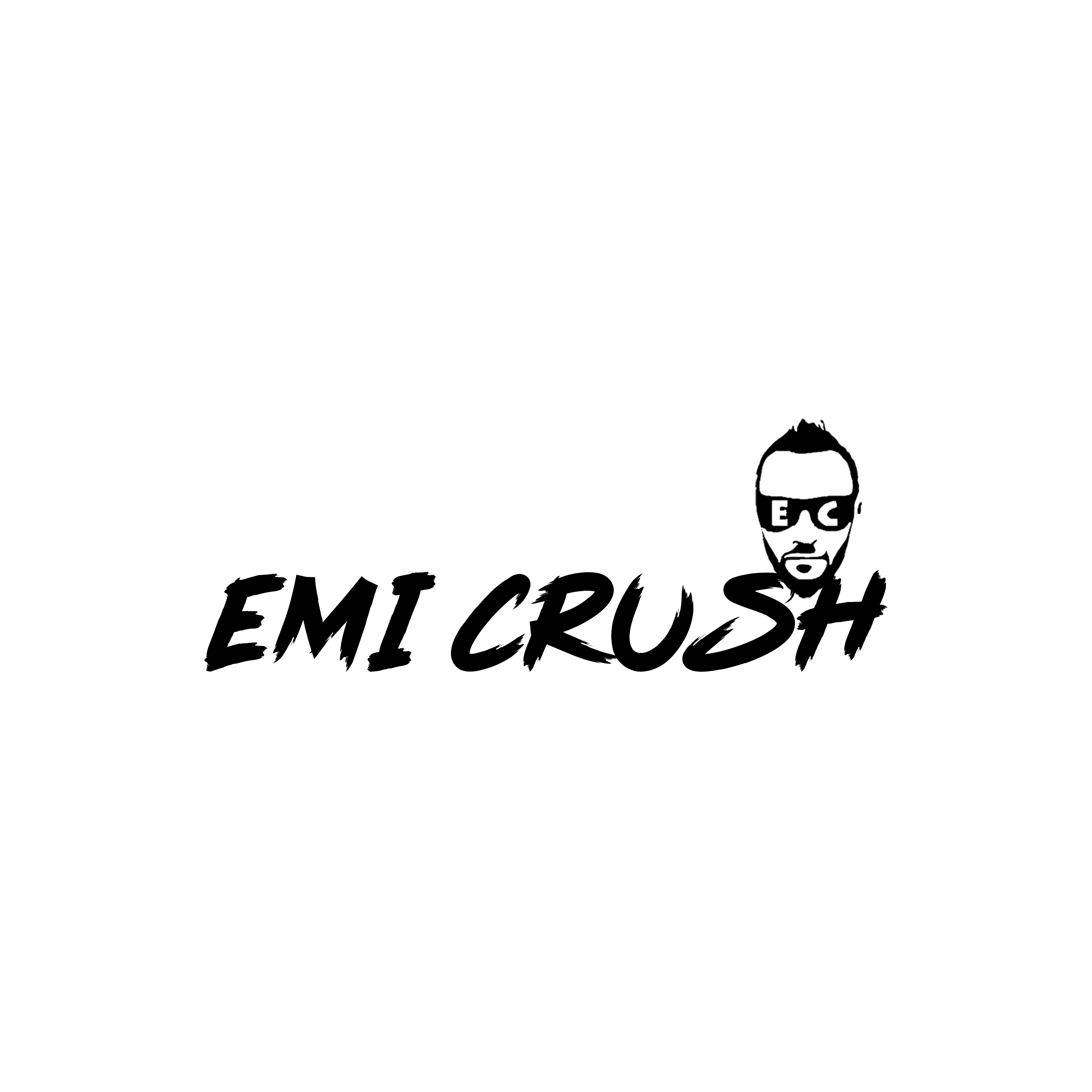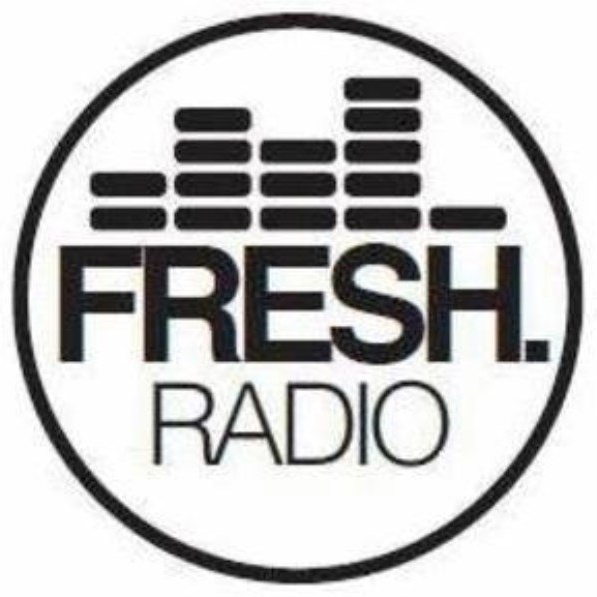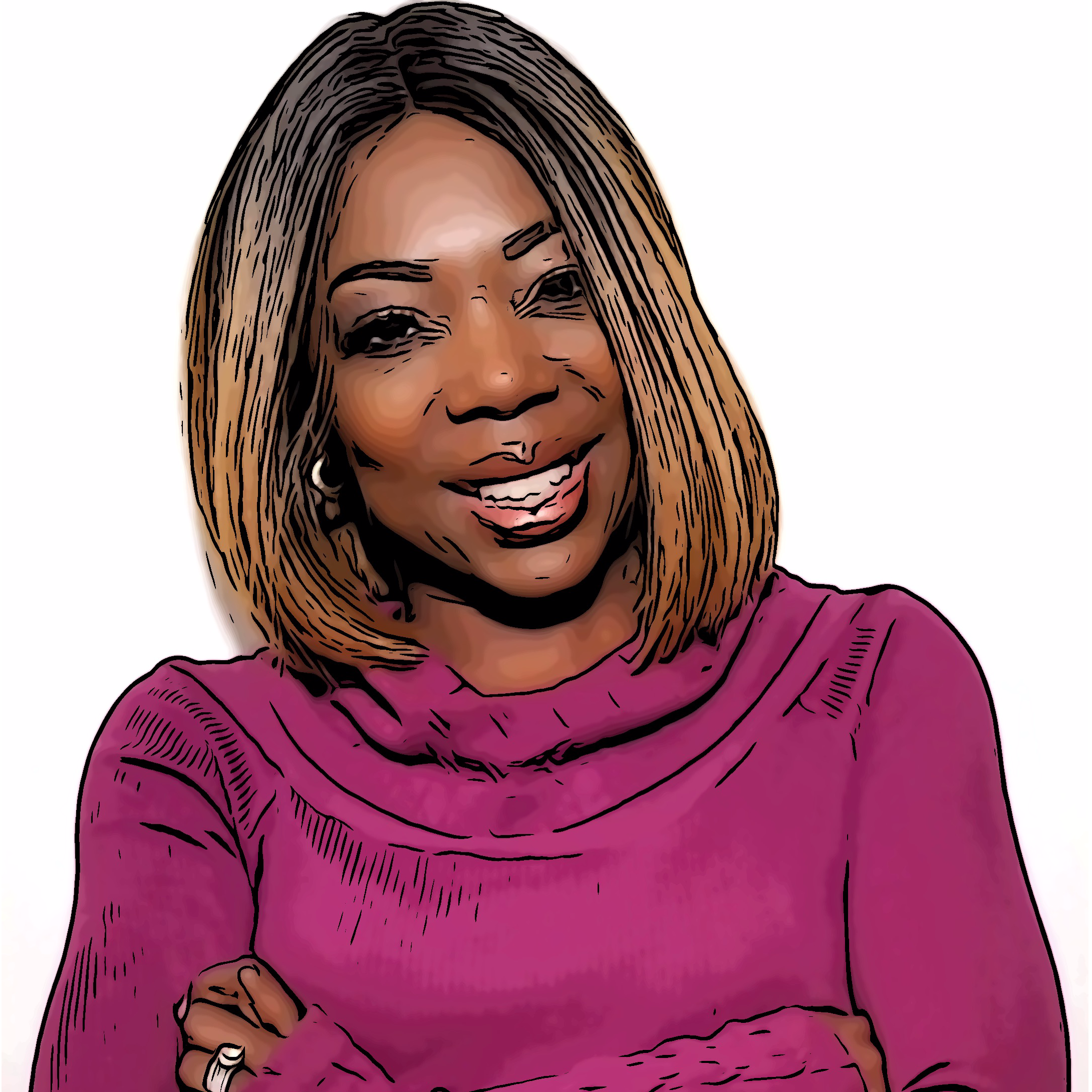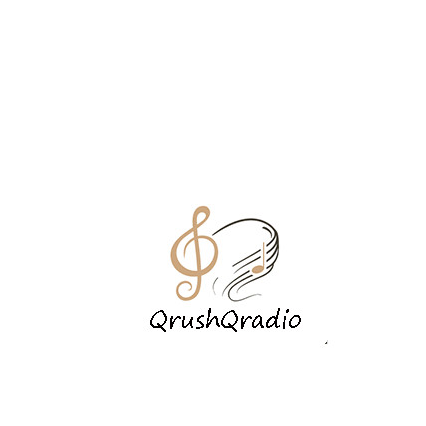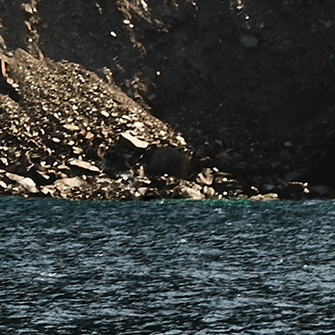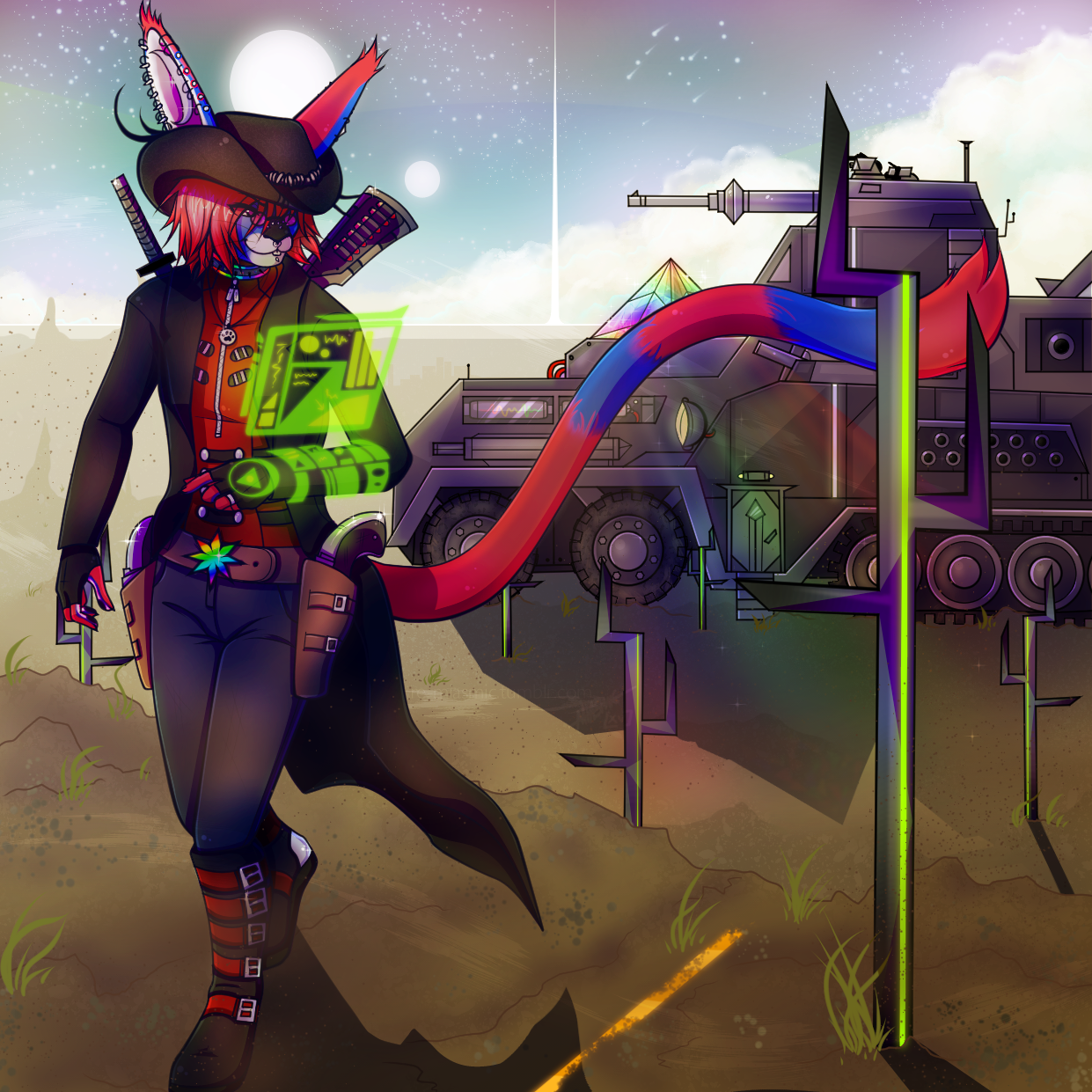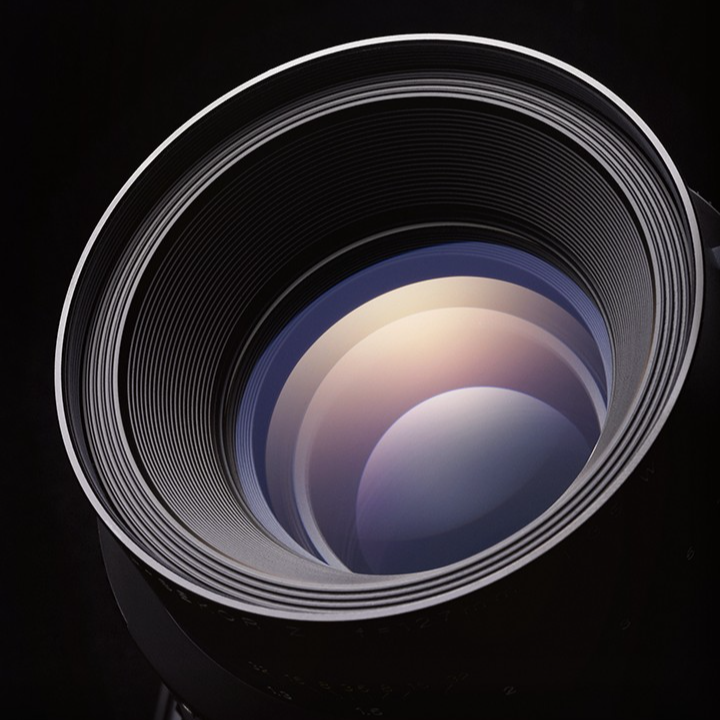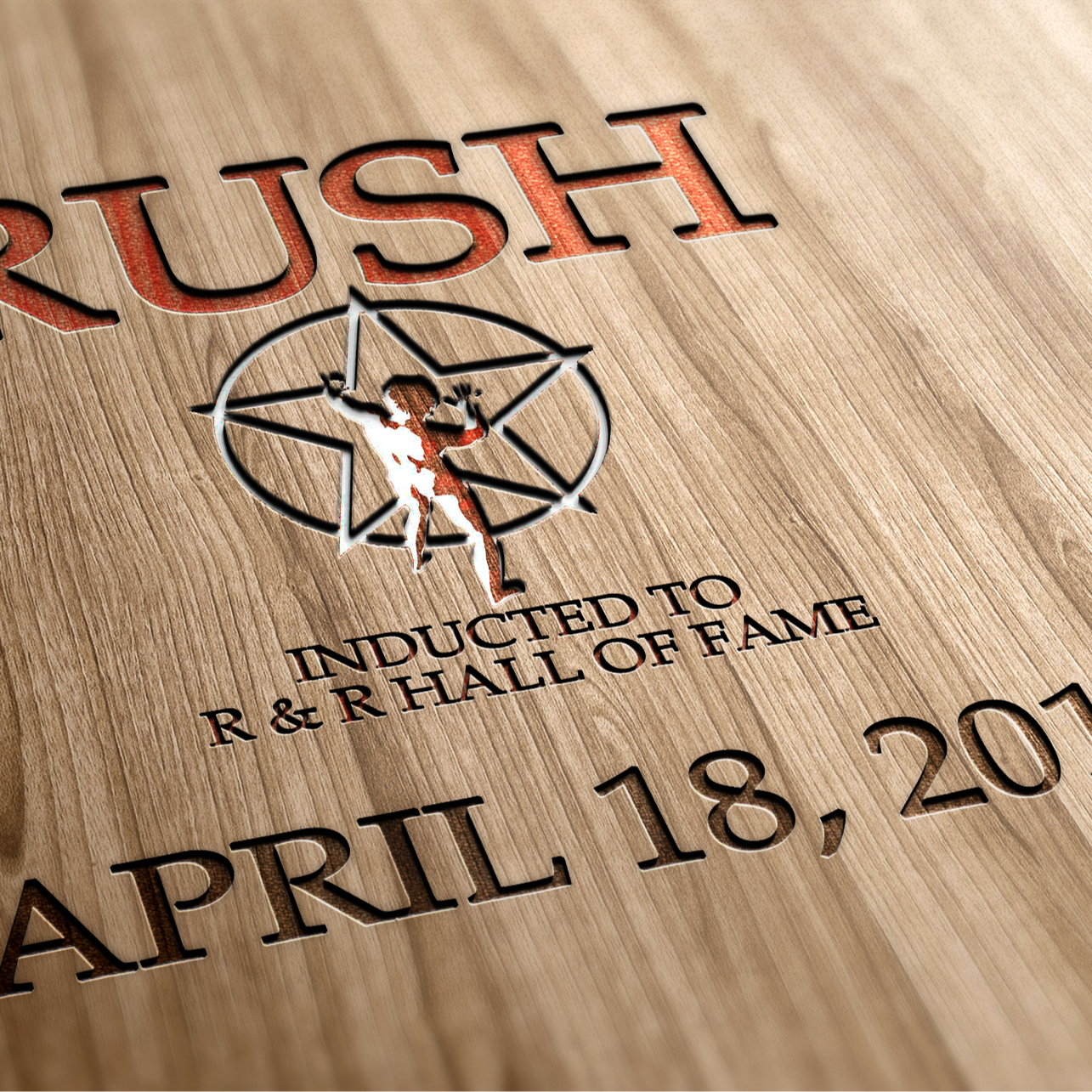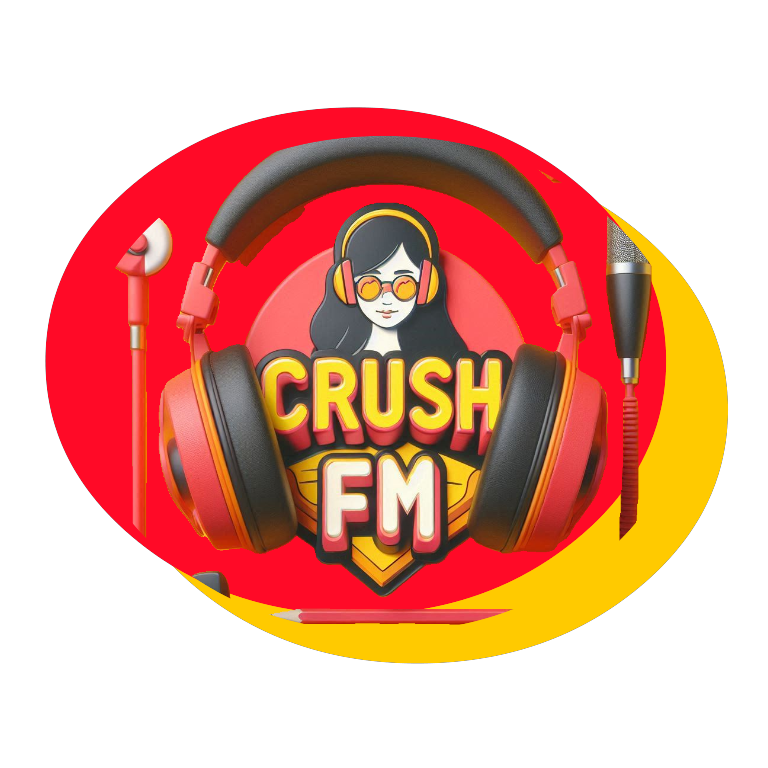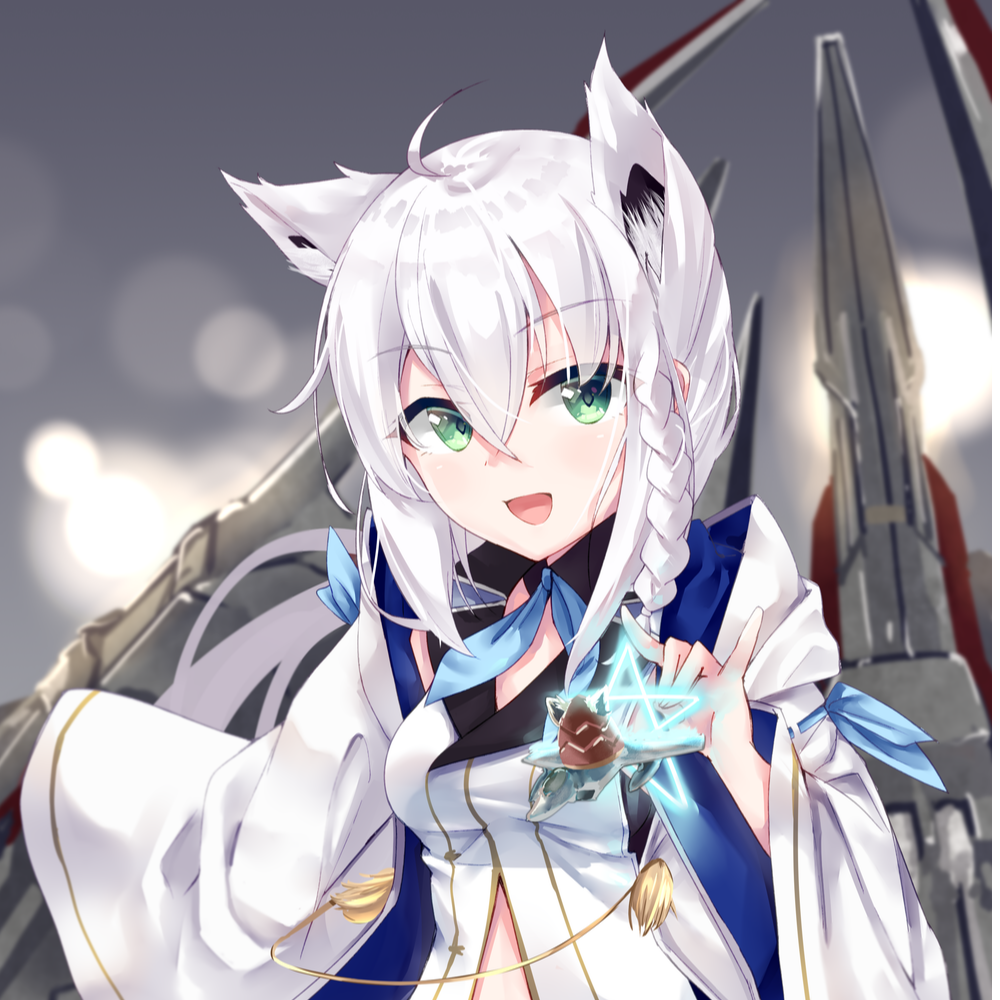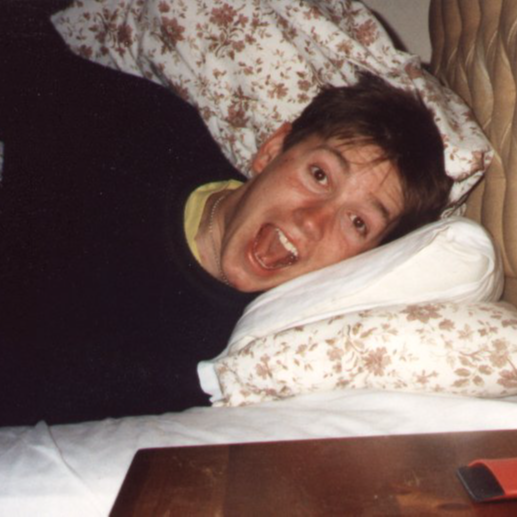Important Information
As of January 1, 2020, Radionomy will migrate towards the Shoutcast platform. This evolution is part of the Group’s wish to offer all digital radio producers new professional-quality tools to better meet their needs.
Shoutcast has been a leader throughout the world in digital radio. It provides detailed statistics and helps its users to develop their audience. More than a thousand partners carry Shoutcast stations to their connected apps and devices.
Discover the Shoutcast solution.
Rush / 45 search results
Sort by relevance popularity name newest
Rush
Rush is a Canadian rock band formed in August 1968, in the Willowdale neighbourhood of Toronto, Ontario. The band is composed of bassist, keyboardist, and lead vocalist Geddy Lee, guitarist and backing vocalist Alex Lifeson, and drummer, percussionist, and lyricist Neil Peart. The band and its membership went through several re-configurations between 1968 and 1974, achieving their current form when Peart replaced original drummer John Rutsey in July 1974, two weeks before the group's first United States tour.Since the release of the band's self-titled debut album in March 1974, Rush has become known for its musicianship, complex compositions, and eclectic lyrical motifs drawing heavily on science fiction, fantasy, and philosophy. Rush's music style has changed over the years beginning with blues-inspired heavy metal, then encompassing progressive rock and a period with heavy use of synthesizers. Their musical style returned to a more guitar-oriented sound in 1989. Their latest studio album, Clockwork Angels (2012) won the Album Of The Year Award from Progressive Music Awards. The supporting tour ran from September 2012 to August 2013.According to the RIAA Rush ranks 79th with sales of 25 million units in the United States. Although total worldwide album sales are not calculated by any single entity, several industry sources estimated Rush's total worldwide album sales at over 40 million units as of 2004. The group has been awarded 24 gold, 14 platinum, and 3 multi-platinum albums.Rush has received seven Grammy award nominations, although they have never won a Grammy. However, the band has gone on to win several Juno Awards, was inducted into the Canadian Music Hall of Fame in 1994, and inducted into the Rock and Roll Hall of Fame in 2013. Over their careers, the members of Rush have been acknowledged as some of the most proficient players on their respective instruments, with each band member winning numerous awards in magazine readers' polls.Early years (1968–76)The original line-up formed in the neighbourhood of Willowdale in Toronto, Ontario, by Lifeson, bassist and front man Jeff Jones, and drummer John Rutsey. Within a couple of weeks of forming, and before their second performance, bassist and lead vocalist Jones was replaced by Geddy Lee, a schoolmate of Lifeson. After several line-up reformations, Rush's official incarnation was formed in May 1971 consisting of Lee, Lifeson, and Rutsey. The band was managed by local Toronto resident Ray Danniels, a frequent attendee of Rush's early shows.After gaining stability in the line-up and honing their skills on the local bar/high school dance circuit, the band came to release their first single "Not Fade Away", a cover of the Buddy Holly song, in 1973. Side B contained an original composition, "You Can't Fight It", credited to Lee and Rutsey. The single generated little reaction and, because of record company indifference, the band formed their own independent record label, Moon Records. With the aid of Danniels and the newly enlisted engineer Terry Brown, the band released their self-titled debut album in 1974, which was considered highly derivative of Led Zeppelin. Rush had limited local popularity until the album was picked up by WMMS, a radio station in Cleveland, Ohio. Donna Halper, a music director and DJ working at the station, selected "Working Man" for her regular play list. The song's blue collar theme resonated with hard rock fans, and this newfound popularity led to the album being re-released by Mercury Records in the U.S.Immediately after the release of the debut album in 1974, Rutsey was forced to leave the band due to health difficulties (stemming from diabetes) and his general distaste for touring. His last performance with the band was on July 25, 1974 at Centennial Hall in London, Ontario. Rush held auditions for a new drummer and eventually selected Neil Peart as Rutsey's replacement. Peart officially joined the band on July 29, 1974, two weeks before the group's first U.S. tour. They performed their first concert together, opening for Uriah Heep and Manfred Mann with an attendance of over 11,000 people at the Civic Arena in Pittsburgh, Pennsylvania on August 14. In addition to becoming the band's drummer, Peart assumed the role of principal lyricist from Lee, who had very little interest in writing, despite penning the lyrics of the band's first album. Instead, Lee, along with Lifeson, focused primarily on the instrumental aspects of Rush. Fly by Night (1975), Rush's first album after recruiting Peart, saw the inclusion of the band's first epic mini-tale "By-Tor and the Snow Dog", replete with complex arrangements and multi-section format. Lyrical themes also underwent dramatic changes after the addition of Peart because of his love for fantasy and science-fiction literature. However, despite these many differences some of the music and songs still closely mirrored the blues style found on Rush's debut.Following quickly on the heels of Fly By Night, the band released Caress of Steel (1975), a five-track heavy metal album featuring two extended multi-chapter songs, "The Necromancer" and "The Fountain of Lamneth". Some critics said Caress of Steel was unfocused and an audacious move for the band because of the placement of two back-to-back protracted songs, as well as a heavier reliance on atmospherics and story-telling, a large deviation from Fly by Night. Intended to be the band's first "break-through" album, Caress of Steel sold below expectations and the promotional tour consisted of smaller venues, which led to the moniker the "Down the Tubes Tour". In light of these events, Rush's record label attempted to pressure them into moulding their next album in a more commercially friendly and accessible fashion. However, the band ignored the requests and developed their next album, 2112 with a 20-minute title track divided into seven sections. Despite this, the album was the band's first taste of commercial success and their first platinum album in Canada. The supporting tour for the album culminated in a three-night stand at Massey Hall in Toronto, which the band recorded for the release of their first live album titled All the World's a Stage. Allmusic critic Greg Prato notes that the album demarcates the boundary between the band's early years and the next era of their music.Mainstream success (1977–81)After 2112, Rush retreated to the United Kingdom to record A Farewell to Kings (1977) and Hemispheres (1978) at Rockfield Studios in Wales. These albums saw the band members expanding the use of progressive elements in their music. "As our tastes got more obscure," Geddy Lee said in a recent interview, "we discovered more progressive rock-based bands like Yes, Van der Graaf Generator and King Crimson, and we were very inspired by those bands. They made us want to make our music more interesting and more complex and we tried to blend that with our own personalities to see what we could come up with that was indisputably us." Trademarks such as increased synthesizer usage, lengthy songs reminiscent of miniature concept albums, and highly dynamic playing featuring complex time signature changes became a staple of Rush's compositions. To achieve a broader, more progressive palette of sound, Alex Lifeson began to experiment with classical and twelve-string guitars, and Geddy Lee added bass-pedal synthesizers and Minimoog. Likewise, Peart's percussion became diversified in the form of triangles, glockenspiel, wood blocks, cowbells, timpani, gong, and chimes. Beyond instrument additions, the band kept in stride with the progressive rock movement by continuing to compose long, conceptual songs with science fiction and fantasy overtones. However, as the new decade approached, Rush gradually began to dispose of their older styles of music in favour of shorter, and sometimes softer, arrangements. The lyrics up to this point (most of them written by Peart) were heavily influenced by classical poetry, fantasy literature, science fiction, and the writings of novelist Ayn Rand, as exhibited most prominently by their 1975 song "Anthem" from Fly By Night and a specifically acknowledged derivation in 2112 (1976).Permanent Waves (1980) dramatically shifted Rush's style of music via the introduction of reggae and new wave elements. Although a hard rock style was still evident, more and more synthesizers were introduced. Moreover, because of the limited airplay Rush's previous extended-length songs received, Permanent Waves included shorter, more radio-friendly songs such as "The Spirit of Radio" and "Freewill", two songs that helped Permanent Waves become Rush's first U.S. Top 5 album; both songs continue to make appearances on classic rock radio stations in Canada and the United States to this day. Meanwhile, Peart's lyrics shifted toward an expository tone with subject matter that dwelled less on fantastical or allegorical story-telling and more heavily on topics that explored humanistic, social and emotional elements. Rush joined with fellow Toronto-based rock band Max Webster on July 28, 1980 to record "Battle Scar" for their 1980 release, Universal Juveniles. While on tour together following the release, both bands would join between sets to play "Battle Scar". The song acted as both a transition from Max Webster to Rush, as well as a warm-up for Peart. In addition, Max Webster lyricist Pye Dubois offered the band lyrics to a song he had written. The band accepted; the song went on, after reworking by Peart, to become "Tom Sawyer".Rush's popularity reached its pinnacle with the release of Moving Pictures in 1981. Moving Pictures essentially continued where Permanent Waves left off, extending the trend of highly accessible and commercially friendly progressive rock that helped thrust them into the spotlight. The lead track, "Tom Sawyer", is probably the band's best-known song with "Limelight" also receiving satisfactory responses from listeners and radio stations. Moving Pictures was Rush's last album to feature an extended song, the eleven-minute "The Camera Eye". The song also contained the band's heaviest usage of synthesizers up to that point, hinting that Rush's music was shifting direction once more. Moving Pictures reached No.3 on the Billboard 200 album chart and has been certified quadruple platinum by the Recording Industry Association of America.Following the success of Moving Pictures and the completion of another four studio albums, Rush released their second live recording, Exit...Stage Left, in 1981. The album delineates the apex of Rush's progressive period by featuring live material from the band's Permanent Waves and Moving Pictures tours. As with their first live release, Exit...Stage Left identified the margin of a new chapter of Rush's sound.Synthesizer period (1982–89)The band underwent another radical stylistic transmutation with the recording of Signals in 1982.While Lee's synthesizers had been featured instruments ever since the late '70s, keyboards were suddenly shifted from the contrapuntal background to the melodic front-lines in songs like "Countdown" and the lead-off track "Subdivisions". Both feature prominent lead synthesizer lines with minimalistic guitar chords and solos. Other previously unused instrument additions were seen in the song "Losing It," featuring collaborator Ben Mink on electric violin.Signals also represented a drastic stylistic transformation apart from instrumental changes. The album contained Rush's only U.S. top-40 pop hit, "New World Man", while other more experimental songs such as "Digital Man", "The Weapon", and "Chemistry" expanded the band's use of ska, reggae, and funk. Although the band members consciously decided to move in this overall direction, creative differences between the band and long-time producer Terry Brown began to emerge. The band felt dissatisfied with Brown's studio treatment of Signals, while Brown was becoming more uncomfortable with the increased use of synthesizers in the music. Ultimately, Rush and Brown parted ways in 1983, and the experimentation with new electronic instruments and varying musical styles would come into further play on their next studio album.The style and production of Signals were augmented and taken to new heights on Grace Under Pressure (1984). It was Peart who named the album, as he borrowed the words of Ernest Hemingway to describe what the band had to go through after making the decision to leave Terry Brown. Producer Steve Lillywhite, who gleaned fame with successful productions of Simple Minds and U2, was enlisted to produce Grace Under Pressure. However, he backed out at the last moment, much to the ire of Lee, Lifeson and Peart. Lee said "Steve Lillywhite is really not a man of his word....after agreeing to do our record, he got an offer from Simple Minds, changed his mind, blew us off,... so it put us in a horrible position." Rush eventually hired Peter Henderson to co-produce and engineer the album instead.Musically, although Lee's use of sequencers and synthesizers remained the band's cornerstone, his focus on new technology was complemented by Peart's adaptation of Simmons electronic drums and percussion. Lifeson's contributions on the album were decidedly enhanced to act as an overreaction to the minimalistic role he played on Signals. Still, many of his trademark guitar textures remained intact in the form of open reggae chords and funk and new-wave rhythms.With new producer Peter Collins, the band released Power Windows (1985) and Hold Your Fire (1987). The music on these two albums gives far more emphasis and prominence to Lee's multi-layered synthesizer work. While fans and critics took notice of Lifeson's diminished guitar work, his presence was still palpable. Lifeson, like many guitarists in the late 1980s, experimented with processors that reduced his instrument to echoey chord bursts and razor-thin leads. Hold Your Fire represents both a modest extension of the guitar stylings found on Power Windows, and, according to Allmusic critic Eduardo Rivadavia, the culmination of this era of Rush. Whereas the previous five Rush albums sold platinum or better, Hold Your Fire only went gold in November 1987, although it managed to peak at number 13 on the Billboard 200.A third live album and video, A Show of Hands (1989), was also released by Anthem and Mercury following the Power Windows and Hold Your Fire tours, demonstrating the aspects of Rush in the '80s. A Show of Hands met with strong fan approval, but Rolling Stone critic Michael Azerrad dismissed it as "musical muscle" with 1.5 stars, claiming Rush fans viewed their favourite power trio as "the holy trinity". Nevertheless, A Show of Hands managed to surpass the gold album mark, reaching number 21 on the Billboard 200. At this point, the group decided to change international record labels from Mercury to Atlantic. After Rush's departure in 1989, Mercury released a double platinum two-volume compilation of their Rush catalogue, Chronicles (1990).Return to guitar-oriented sound (1989–97)Rush started to deviate from their 1980s style with the albums Presto and Roll the Bones. Produced by record engineer and musician Rupert Hine, these two albums saw Rush shedding much of their keyboard-saturated sound. Beginning with Presto (1989), the band opted for arrangements that were notably more guitar-centric than the previous two studio albums. Although synthesizers were still used in many songs, the instrument was no longer featured as the centrepiece of Rush's compositions. Continuing this trend, Roll the Bones (1991) extended the use of the standard three-instrument approach with even less focus on synthesizers than its predecessor. While musically these albums do not deviate significantly from a general pop-rock sound, Rush incorporated traces of other musical styles. "Roll the Bones", for instance, exhibits funk and hip hop elements, and the instrumental track "Where's My Thing?" features several jazz components. This return to three-piece instrumentation helped pave the way for future albums in the mid-90s, which would adopt a more straightforward rock formula.The transition from synthesizers to more guitar-oriented and organic instrumentation continued with Counterparts (1993) and its follow-up, Test for Echo (1996), again both produced in collaboration with Peter Collins. Musically, Counterparts and Test For Echo are two of Rush's most guitar-driven albums. Although the music in general did not meet the criteria for progressive rock, some songs adopted a dynamic format. For instance, "Time and Motion" possesses multiple time signature changes and organ usage, while the instrumental track "Limbo", consists of multiple musical passages. Musically, Test For Echo still retained much of the hard rock/alternative style already charted on the previous record with Lifeson and Lee's playing remaining more or less unchanged; however, a distinct modification in technique became apparent in Peart's playing from his jazz and swing training under the tutelage of jazz instructor Freddie Gruber during the interim between Counterparts and Test For Echo. In October 1996, in support of Test For Echo, the band embarked on a North American tour, the band's first without an opening act and dubbed "An Evening with Rush". The tour was broken up into two segments spanning October through December 1996 and May through July 1997 with the band taking a respite between tour legs.Hiatus and comeback (1997–2005)After wrapping up the tour promoting Test for Echo in 1997, the band entered a five-year hiatus primarily due to personal tragedies in Peart's life. Peart's daughter Selena died in an automobile accident in August 1997, followed by the death of his wife Jacqueline from cancer in June 1998. Peart took a hiatus to mourn and reflect, during which he traveled extensively throughout North America on his BMW motorcycle, covering 88,000 km (55,000 mi). At some point in his journey, Peart decided to return to the band. Peart wrote Ghost Rider: Travels on the Healing Road as a chronicle of his geographical and emotional journey. In this book he writes of how he had told his bandmates at Selena's funeral, "consider me retired." On November 10, 1998 a triple CD live album entitled Different Stages was released, dedicated to the memory of Selena and Jacqueline. Mixed by producer Paul Northfield and engineered by Terry Brown, it contained three discs packed with recorded performances from the band's Counterparts, Test For Echo, and A Farewell to Kings tours, marking the fourth officially released live album by the band.After a time to grieve and reassemble the pieces of his life, and while visiting long-time Rush photographer Andrew MacNaughtan in Los Angeles, Peart was introduced to his future wife, photographer Carrie Nuttall. Peart married Nuttall on September 9, 2000. In early 2001 he announced to his band mates that he was ready to once again enter the studio and get back into the business of making music. With the help of producer Paul Northfield the band returned in May 2002 with Vapor Trails, written and recorded in Toronto. To herald the band's comeback, the single and lead track from the album, "One Little Victory" was designed to grab the attention of listeners with its rapid guitar and drum tempos. Vapor Trails marked the first studio recording not to include a single synthesizer, organ or keyboard part since the early 1970s. While the album is almost completely guitar-driven, it is mostly devoid of any conventional sounding guitar solos, a conscious decision made by Lifeson during the writing process. According to the band, the entire developmental process for Vapor Trails was extremely taxing and took approximately 14 months to finish, by far the longest the band had ever spent writing and recording a studio album. The album was supported by the band's first tour in six years, including first-ever concerts in Mexico City and Brazil, where they played to some of the largest crowds of their career.A triple CD live album and dual DVD, Rush in Rio, was released in late October 2003 featuring an entire concert performance recorded on the last night of their Vapor Trails Tour, November 23, 2002, at Maracanã Stadium in Rio de Janeiro, Brazil. To celebrate their 30th anniversary, June 2004 saw the release of Feedback, a studio EP recorded in suburban Toronto featuring eight covers of such artists as Cream, The Who and The Yardbirds, bands that the members of Rush cite as inspiration around the time of their inception. To help support Feedback and continue celebrating their 30 year anniversary as a band, Rush hit the road again for their 30th Anniversary Tour in the summer of 2004 playing dates in the United States, Canada, the United Kingdom, Germany, Italy, Sweden, the Czech Republic, and the Netherlands. On September 24, 2004 a Frankfurt, Germany concert was recorded at The Festhalle for DVD (titled R30: Live in Frankfurt), which was released November 22, 2005; a complete version of the R30 Frankfurt set (the original DVD release omitted eight songs) was released on Blu-ray on December 8, 2009.Snakes & Arrows (2006–09)During promotional interviews for the R30 Live In Frankfurt DVD, the band revealed their intention to begin writing new material in early 2006. While in Toronto, Lifeson and Lee began the songwriting process in January 2006. During this time, Peart simultaneously assumed his role of lyric writing while residing in Southern California. The following September, Rush chose to hire American producer Nick Raskulinecz to co-produce the album. The band officially entered Allaire Studios, in Shokan, New York in November 2006 in order to record the bulk of the material. Taking the band five weeks, the sessions ended in December. On February 14, 2007, an announcement was made on the official Rush web site that the title of the new album would be Snakes & Arrows. The first single, entitled "Far Cry", was released to North American radio stations on March 12, 2007 and reached No.2 on the Mediabase Mainstream and Radio and Records Charts.The Rush website, newly redesigned on March 12 to support the new album, also announced that the band would embark on a tour to begin in the summer. Snakes & Arrows was released May 1, 2007 in North America, where it debuted at No.3 in the Billboard 200 with approximately 93,000 units sold in its first week. It would go on to sell an estimated 611,000 copies worldwide. To coincide with the Atlantic ocean hurricane season, "Spindrift" was released as the official second radio single on June 1, 2007, whereas "The Larger Bowl (A Pantoum)" saw single status on June 25, 2007. "The Larger Bowl" positioned within the top 20 of the Mainstream Rock and Media Base Mainstream charts, however, "Spindrift" failed to appear on any commercial chart. The planned intercontinental tour in support of Snakes & Arrows began on June 13, 2007 in Atlanta, Georgia, coming to a close on October 29, 2007 at Hartwall Arena in Helsinki, Finland.The 2008 portion of the tour started on April 11, 2008 in San Juan, Puerto Rico at José Miguel Agrelot Coliseum and culminated on July 24, 2008 in Noblesville, Indiana at the Verizon Wireless Music Center. On April 15, the band released Snakes & Arrows Live, a double live album documenting the first leg of the tour. Those same performances featured on Snakes & Arrows Live filmed at the Ahoy arena in Rotterdam, Netherlands on October 16 and 17, 2007 were released November 24 as a DVD and Blu-ray set. The video also includes footage from the 2008 portion of the tour, recorded at Verizon Wireless Amphitheater in Atlanta.As the band neared the conclusion of their Snakes & Arrows tour, they announced their first appearance on American television in over 30 years. Rush was interviewed by Stephen Colbert and they performed "Tom Sawyer" on The Colbert Report on July 16, 2008. Continuing to ride what one movie reviewer has called a "pop cultural wave," they also appeared at a live show in April 2009 for the comedy film I Love You, Man.Time Machine Tour and Clockwork Angels (2009–present)On February 16, 2009, Lifeson remarked that the band may begin working on a new album in the Fall 2009 with American producer Nick Raskulinecz once again producing. On March 19, 2010, the CBC posted a video interview with Lee and Lifeson where they discussed Rush's induction into the Canadian Songwriters Hall of Fame on March 28, 2010, at the Toronto Centre for the Arts' George Weston Recital Hall. The band was recognized for the songs "Limelight", "Closer to the Heart", "The Spirit of Radio", "Tom Sawyer" and "Subdivisions". In addition to discussing their induction, Lee and Lifeson touched on future material. During the interview, Lee was quoted as saying "... Just about a month and a half ago we had no songs. And now we've been writing and now we've got about 6 songs that we just love..." On March 26, 2010, in an interview with The Globe and Mail, Lifeson reconfirmed that the band had already written a half-dozen songs and that there was the potential for two supporting tours, one planned for Summer 2010 and a more extensive tour planned for Summer 2011. While still uncertain of exactly how and when the new material would be released, at the time he projected a tentative Spring 2011 release date. Soon after, Peart confirmed that Nick Raskulinecz had returned as co-producer.In April 2010, Rush entered Blackbird Studios in Nashville with Raskulinecz to record "Caravan" and "BU2B", two new songs to be featured on the band's studio album Clockwork Angels. Mixing was done by record engineer Richard Chycki at the Sound Kitchen in Franklin, Tennessee. "Caravan" was released June 1 to radio stations and made available for digital download at this time along with "BU2B". On April 8, both the official Rush website and PR Newswire announced that the band would embark on the Rush Time Machine Tour, confirming Lifeson's earlier predictions from March. The first leg of the tour began on June 29 in Albuquerque, New Mexico, and finished October 17 in Santiago, Chile, at the National Stadium. It featured the album Moving Pictures played in its entirety, as well as "Caravan" and "BU2B". It was suggested that Rush would return to the studio after the completion of the Time Machine Tour with plans to release Clockwork Angels in 2011. However, Rush announced on November 19, 2010, that they would extend the Time Machine Tour. The second leg began on March 30, 2011, in Fort Lauderdale, and came to an end on July 2, 2011, in George, Washington. On November 8, 2011, the band released Time Machine 2011: Live in Cleveland, a concert DVD, Blu-ray and double CD documenting the April 15, 2011, concert at the Quicken Loans Arena in Cleveland, Ohio. Confirming an announcement from Richard Chycki via Twitter on December 20, Rush entered Revolution Recording studios in Toronto, Ontario, following completion of the tour's second leg, to finalize the recording of Clockwork Angels. The second single, "Headlong Flight," was released April 19, 2012, to radio stations and made available for listening via online streaming. Peart and author Kevin J. Anderson collaborated on a novelization of Clockwork Angels that was released in September 2012.Clockwork Angels was released in the United States and Canada on June 12, 2012, and its supporting tour began on September 7, 2012. As of August 31, 2011, Rush switched their American distribution from Atlantic Records over to the Warner Brothers majority-owned metal label, Roadrunner Records. Roadrunner is handling American distribution of Time Machine 2011: Live in Cleveland and Clockwork Angels. Anthem/Universal Music will continue to release their music in Canada. On April 18, 2013, Rush was inducted into the Rock and Roll Hall of Fame.During their European leg of the Clockwork Angels tour, their June 8, 2013 show on Sweden Rock Festival, was their first festival appearance in 30 years. The band's performance from November 25 in Phoenix, Arizona and November 28, 2012 in Dallas, Texas were recorded to make a live CD/DVD/Blu-ray that was released on November 19, 2013.Musical style and influencesRush's musical style has changed substantially over the years. Their debut album was strongly influenced by British blues-based rock: an amalgam of sounds and styles from such rock bands as Black Sabbath, The Who, Cream and Led Zeppelin. Over the first few albums their style remained essentially hard rock, but also became increasingly influenced by bands of the British progressive rock movement. In the tradition of progressive rock, Rush wrote protracted songs with irregular and multiple time signatures combined with fantasy/science fiction-inspired lyrics; however, they did not soften their sound. This fusion of hard and progressive rock continued until the end of the 1970s. In the 1980s, Rush successfully merged their sound with the trends of this period, experimenting with New Wave, reggae and pop rock. This period included the band's most extensive use of instruments such as synthesizers, sequencers, and electronic percussion. With the approach of the early '90s and Rush's characteristic sound still intact, the band transformed their style once again to harmonize with the alternative rock movement. The new millennium has seen the band return to its hard progressive rock roots, albeit with modern production and more use of acoustic instruments.
Read more about Rush


